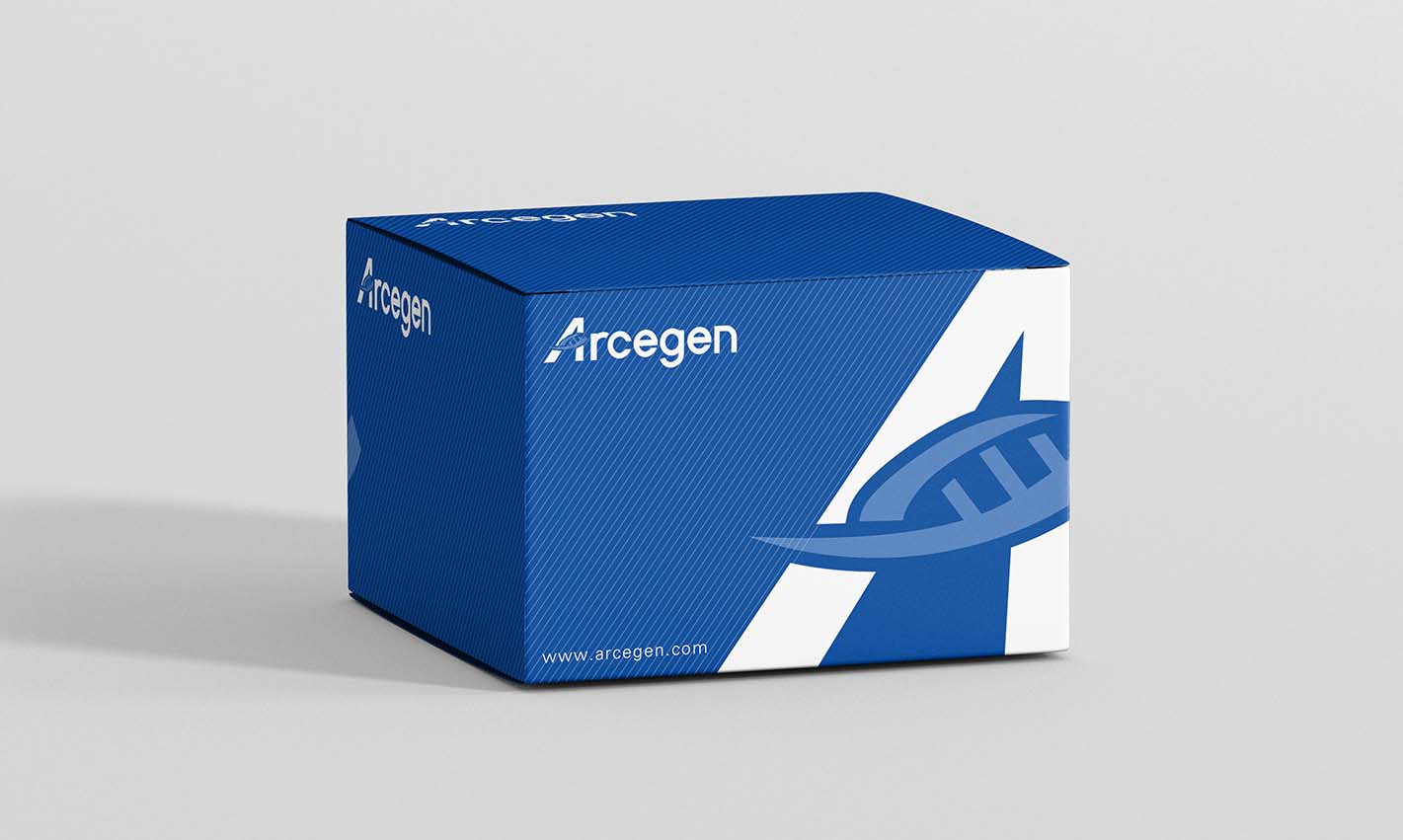Mouse IL-36β, 183aa
产品描述
Mouse interleukin-36 beta [IL-36 beta ; previously IL-1F8, FIL-1 eta(eta) and IL-1H2] is a member of the IL-1 family of proteins that includes IL-1 beta, IL-1 alpha, IL-1ra, IL-18, IL-36Ra/IL-1F5, IL-36 alpha /IL-1F6, IL-37/IL-1F7, IL-36 gamma /IL-1F9 and IL-1F10. All family members show a 12 beta-stranded beta-trefoil configuration, share up to 50% amino acid (aa) sequence identity, and are believed to have arisen from a common ancestral gene. Although two alternatively spliced transcript variants for human IL-36 beta /IL-1F8 have been described, to date, only one mouse IL-36 beta /IL-1F8 isoform is known. Mouse IL-36 beta /IL-1F8 is synthesized as a 183 amino acid (aa) protein that contains no signal sequence, no prosegment and no potential N-linked glycosylation site(s). Mouse IL-36 beta /IL-1F8 shares 61% and 74% aa identity with human IL-36 beta isoform 2 and rat IL-36 beta, respectively. IL-36 beta is agonistic, stimulating release of inflammatory mediators such as IL-6 and IL-8, and cytotoxic peptides such as beta-defensins 2 and 3 that aid in defense against microbial pathogens. The receptor for IL-36 proteins is IL-1 Rrp2, with IL-1 RAcP as a coreceptor. Antagonism of IL-36 proteins by IL-36Ra, which also binds IL-1 Rrp2, has been shown by some investigators. Skin keratinocytes express highest levels of IL-36 proteins and their receptors, followed by epithelia in the esophagus, trachea and bronchae. IL-36 beta expression is increased in psoriatic skin and may play a role in pathogenesis of psoriasis. IL-36 beta is also expressed in resting and activated monocytes and B cells, synovial fibroblasts, neurons and glia, and is detectable in plasma and body fluids. IL-36 beta, along with IL-36 alpha and IL-36 gamma, is up-regulated by IL-1 alpha and TNF- alpha in keratinocytes, and has been shown to activate NF- kappa B and MAPK signaling pathways in an IL-1 Rrp2-dependent manner. Full-length recombinant IL-36 proteins appear less active than their endogenous counterparts, but trimming of the N-termini enhances their activity.
产品参数
|
别名(Synonyms) |
FIL1 eta, IL-1 eta, IL-1F8, IL-1H2 |
|
Accession |
Q9D6Z6 |
|
UniGene |
69677 |
|
表达系统(Source) |
E.coli-derived Mouse IL-36β, 183aa, Met1-Lys183, with an N-terminal Met. |
|
分子量大小(Molecular Weight) |
Approximately 20.9 kDa. |
|
氨基酸序列(AA Sequence) |
MMAFPPQSCV HVLPPKSIQM WEPNHNTMHG SSQSPRNYRV HDSQQMVWVL TGNTLTAVPA SNNVKPVILS LIACRDTEFQ DVKKGNLVFL GIKNRNLCFC CVEMEGKPTL QLKEVDIMNL YKERKAQKAF LFYHGIEGST SVFQSVLYPG WFIATSSIER QTIILTHQRG KLVNTNFYIE SEK |
|
标签(Tag) |
None |
|
外观(Physical Appearance) |
Sterile Filtered White lyophilized (freeze-dried) powder. |
|
纯度(Purity) |
> 95% by SDS-PAGE and HPLC analyses. |
|
生物活性(Biological Activity) |
The specific activity determined by its ability in a functional ELISA. Immobilized rMuIL-36β at 1 µg/mL can bind recombinant murine IL-1 Rrp2 with a range of 0.15-5 µg/mL. Fully biologically active when compared to standard. |
|
内毒素(Endotoxin) |
< 1.0 EU per 1μg of the protein by the LAL method. |
|
制剂(Formulation) |
Lyophilized from a 0.2 μm filtered concentrated solution in 20 mM Tris, 300 mM NaCl, pH 8.0, 5 % trehalose. |
|
复溶(Reconstitution) |
We recommend that this vial be briefly centrifuged prior to opening to bring the contents to the bottom. Reconstitute in sterile distilled water or aqueous buffer containing 0.1% BSA to a concentration of 0.1-1.0 mg/mL. Stock solutions should be apportioned into working aliquots and stored at ≤ -20°C. Further dilutions should be made in appropriate buffered solutions. |
储存条件
产品用冰袋装运,可在-20℃至-80℃下保存1年。
建议第一次使用时将蛋白质分成较小的量,并避免反复冻融循环。
注意事项
1.避免反复冻融循环。
2.为了您的安全和健康,请穿实验服,戴一次性手套进行操作。
3.仅供研究使用!
目录号:*
姓名*
手机号:*
份额:*
邮箱*
国家:*
公司/机构:*

